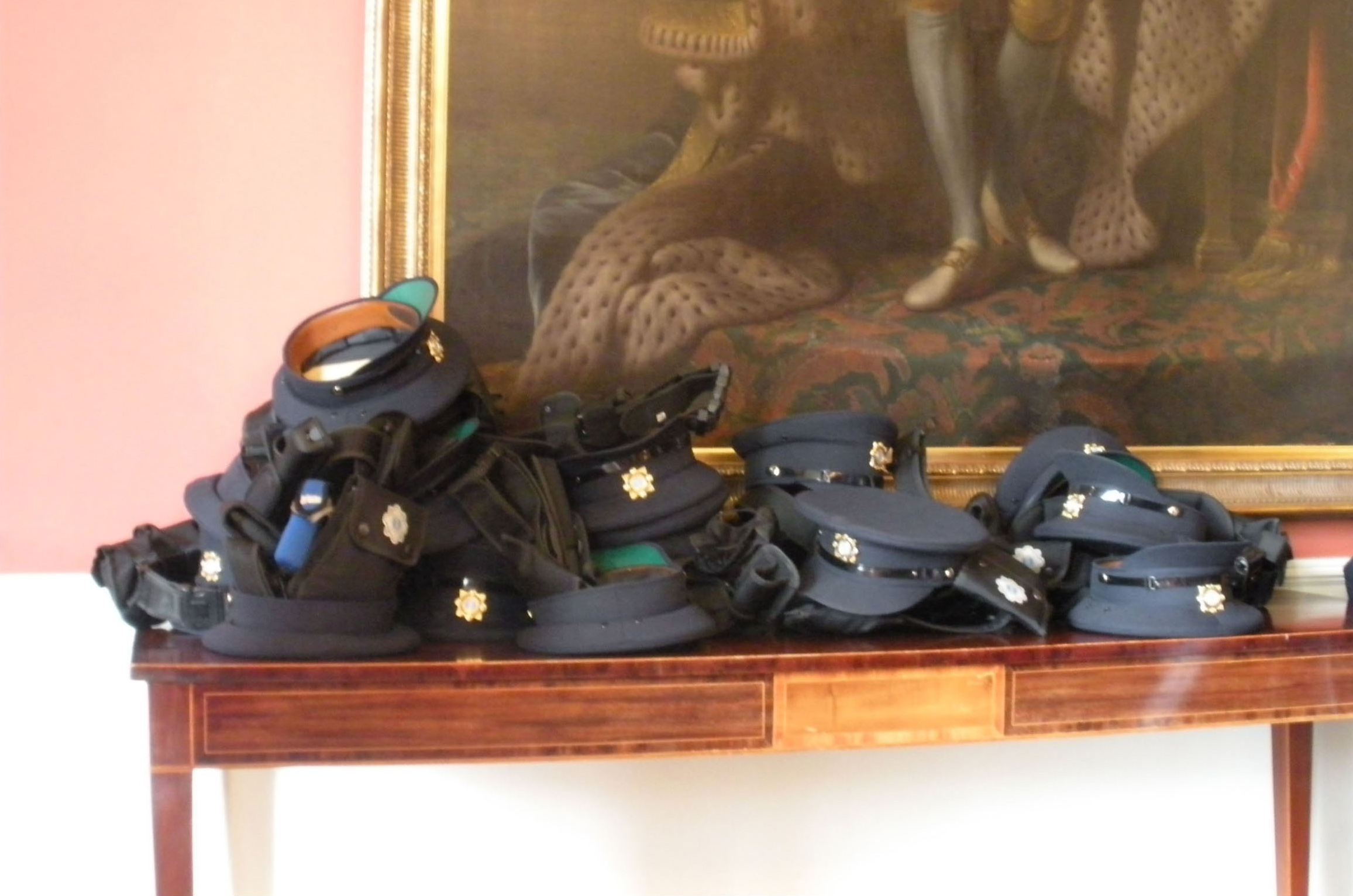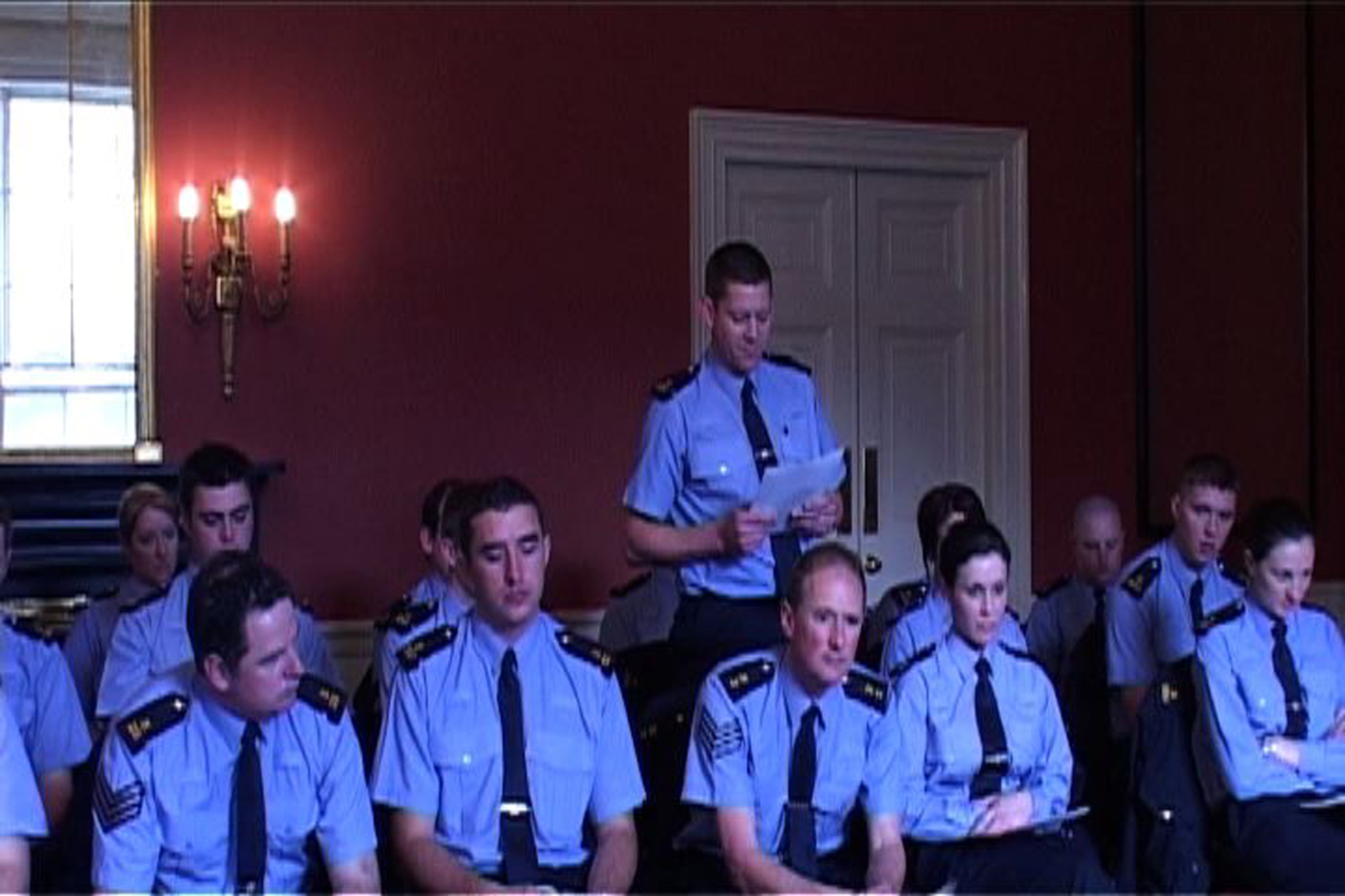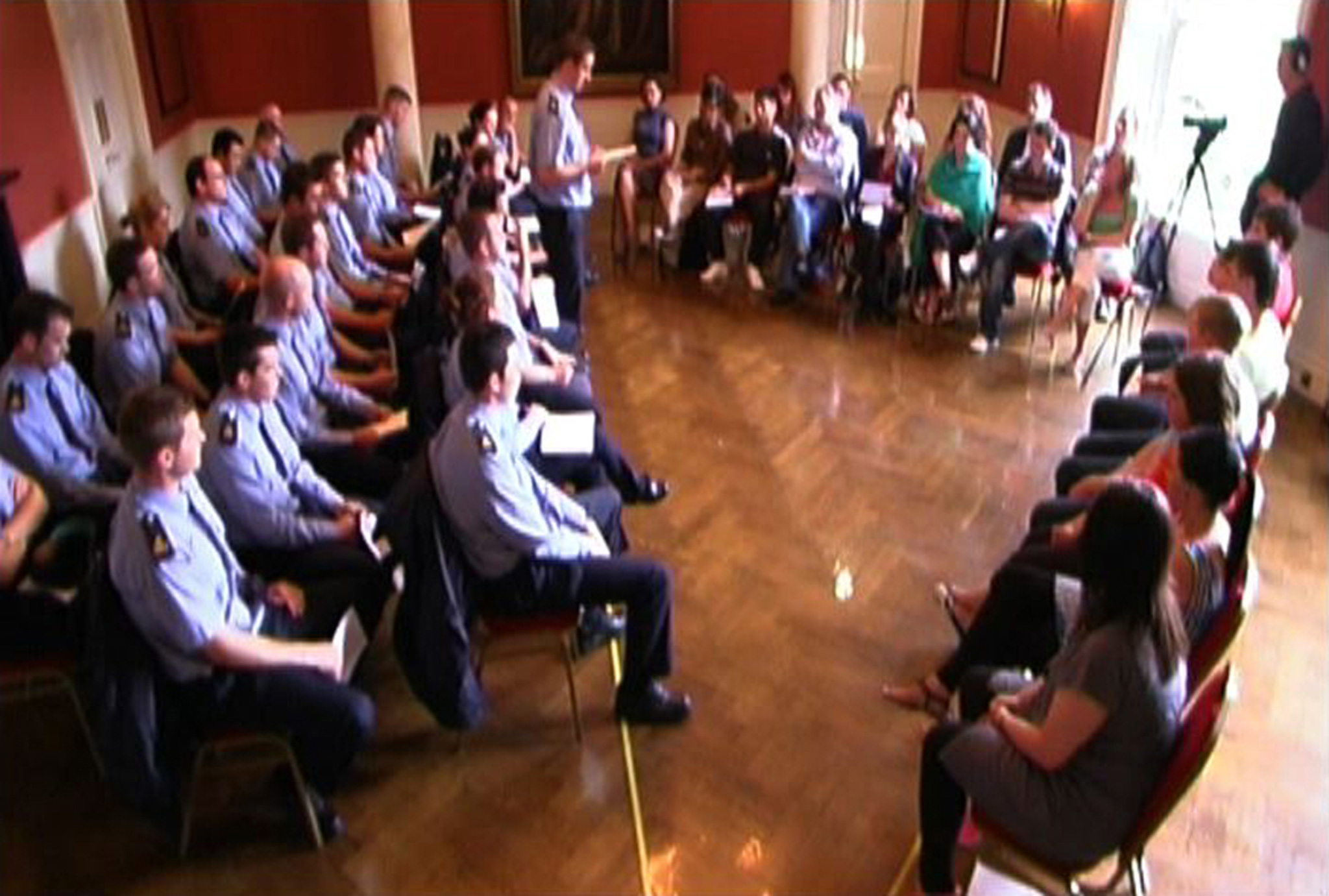æ
Exercises
The Reception GameSomething Old, Something New, Something Borrowed, Something Blue
Parliament Debate
Starting Out
Instructions for an Unexpected Absence
Art Proposal Thought Exercise
Rumpelstiltskin-ing
Diary Exercise
Art in a Time Like This
Tight Doorways Into Big Rooms
25 Ways to Make Love to the Earth
Participatory Reading Event
An Exercise in Automatic Writing
Tuned in: Listening and Thinking-Out-Loud Together
Collage Scavenger Hunt
On Making Things From Scratch
Senses and the Soundscape
The YES! Principle
The Circle Game
On Half-Blind Drawing
Notebook Exercise
Lines Into and Through Head-Space
Banner Drop
L
Time Totem
All Ears Workshop
The Tour Mindset Exercise
49 Ways to Change Your Home
Copyright It
Hey Student & Hey Teacher
The Sentence
Exercise for Urban Areas
The Excluded
The Human Camera
Play by the Rules
Mental Exercise / Mental Pause / Mental Force
Unspoken Projection Between Strangers
Make a Space
Listen ’n Speak
Tilting Time – An Exercise for the Mind
Tailoring a Conceptual Experience
Drawing Exercise
Mycological Provisions
Remote Choreography
To Get Away from the Romantic Idea of the Individual
Book Drop
Always Try and Read Something Beautiful on Waking, First Thing
Hallucinations Without Drugs
River Crossing Puzzle
What is School For?
Singing Rocks
Image to Body
News Papers
The Fall of the Studio (And Others)
Participatory Reading Event
A dialogical form of story sharing that constitutes interdependent acts of voice and listening. In order to share the essence of this form, I present it here under four inter-connected headings:
- The Origins of the Participatory Reading Event as a Dialogical Form
- The Participatory Reading Event in Practice: The Day in Question (2009)
- The Participatory Reading Event as a Form that Constitutes Interdependent Acts of Voice and Listening
- Key Features of the Participatory Reading Event
1. The Origins of the Participatory Reading Event as a Dialogical Form
In his 1999 essay ‘Dialogical Aesthetics: A Critical Framework for Littoral Art’, Grant Kester describes the ‘“salvage” paradigm in which the artist takes on the task of “improving” the implicitly flawed subject’. Kester poses an alternative, pointing to a ‘discursive aesthetic which conceives of the artist primarily as a collaborator in dialogue rather than an expressive agent’ (1999).
Since 2004, I have been an artist in residence with Rialto Youth Project (RYP), a community based organisation in the south inner city of Dublin. After three years of collaborative work with young people and youth workers, a new project ‘What’s the Story? (2007-11) was established which would foreground an examination of power relations in the collaborative structure and in the lives of those involved while developing new types of discursive engagements with multiple publics.
The development of a new collective was central to this project and the symbol of the triangle came to represent the diverse positions of artist, youth worker and young person involved. The space in the centre of the triangle marked a site of new collaborative knowledge. In the spirit of Ranciere’s ‘ignorant schoolmaster’, equality became a starting point rather than a destination of the process. Holding and working through the complexities attached to each of our points on the triangle was important. Any removal of subject identities presented a risk of suggesting some kind of neutralised equality that would flatten the cultural hierarchy we were working to overcome. So the triangle was symbolically laid flat, highlighting our differences in knowledge, class, background and our commitment to a horizontal process. These would be explored in practice over time.
As the collective worked with a collection of anonymous stories of power and powerlessness and ideas were circulating for sharing these stories, the triangle took on another layer of importance. Ready to create our first public encounter, but frustrated with how previous dialogical processes were later reduced to the static objects they produced, the collective sought a new form to bring others into their discursive process. The Participatory Reading Event was developed as a triangulated exchange that constituted interdependent acts of voice and listening. Two such events would mark the first public engagements from the Collective who went on to co-develop and co-author a three-year collaborative project with multiple manifestations. The two Participatory Reading Events were titled Anonymous; Reading, Narrative & Memory (2008) and The Day in Question (2009).
2. The Participatory Reading Event in Practice: The Day in Question (2009)
Central to the process of What’s the Story? Collective was a collection of anonymous personal stories exploring lived experiences of power and powerlessness. The stories transitioned from private to public in a phased creative process, taking multiple forms over four years. Having developed the form through the organic collective process, the collective held their first event Anonymous; Reading, Narrative & Memory (2008) which would bring together our own three peer groups to share an encounter centred around the reading of the stories. Following the significance of this event for the authors of the stories, the readers and the multiple invited publics, a subsequent Participatory Reading Event was developed with member of An Garda Siochana (the Irish police force) who featured significantly in the collection of stories.
The Day in Question (2009) was a participatory reading event staged in the Irish Museum of Modern Art. The event brought together the collective in a dialogical exchange with 26 uniformed Gardaí (Irish police) during the final phase of their training in the National Garda College, Templemore (and assigned to Dublin South Central stations: Kilmainham, Harcourt St, Rathmines, Ringsend, Pearse St and Kevin St). The Gardaí participated centrally in this event following a desire named by young people ‘to be heard’ by Gardaí. Structured encounters between young people and police in Ireland are dominated by Garda Juvenile Diversion Programmes and Garda Youth Diversion Projects, both developed on the premise that the young people involved are at risk of becoming law-breakers, the programmes acting as an intervention into their lives and behaviour. In opposition, The Day in Question (2009) developed from a long negotiation with senior staff of An Garda Siochana. Staged in a triangular structure, the Gardaí occupying one side of the triangle were being asked to simply listen; listen through the act of speaking young people’s stories in the presence of the Collective who occupied a second side of the triangle, including some of the young story tellers. The third side of the triangle hosted an invited group of witnesses from diverse backgrounds including sociologists, youth workers, curators, other artists and young people. Participating Gardaí read aloud consecutive accounts of largely negative experiences of policing, after which a facilitated discussion would unpack numerous emerging issues. In moving from the dominant focus on ‘voice’, onto it’s partner ‘listening’, we moved beyond a process of validation experienced through sharing a story into a space of agency built though the opportunity to speak to power where power was faced temporarily with the responsibility of listening.
3. The Participatory Reading Event as a Form that Constitutes Interdependent Acts of Voice and Listening
Gathering voices through personal story finds resonance in participatory action research, narrative inquiry, critical pedagogy, progressive education and political theory, emphasising the importance of story and experience as ongoing, temporal, relational as well as political. In poststructuralist theory, the concept of voice (along with its counterparts, narrative and experience) is ‘troubled’, with a criticism of the privileging of voice as the data that is closest to the truth.. Voice and authenticity thus need to be deconstructed. The concept of an authentic voice is well recognised in youth work and participatory arts, many projects uncritically describing acts of ‘giving voice’. In working with a diverse and nuanced collection of anonymous stories of lived experience, the form of Participatory Reading Event was central to avoiding any simplification of voice.
Reading an other’s story in their presence:
At first, voice was privileged in the project as stories were methodically gathered and positioned centrally to the process, but through the relational form of Participatory Reading Event, those accounts were then ‘troubled’ in practice. The selected narratives were not discussed by those participating prior to the reading events, not read in advance as ‘the truth’ on paper. They were heard only in the context of the live engagement where other voices would read the stories in the presence of their anonymous authors, creating new experiences of the narratives for their authors, the readers and external publics. The live participatory encounter with the collection of stories altered the central voices, and positioned acts of listening in tandem with acts of voice in the process.
Nick Couldry describes listening as ‘the act of recognising what others have to say, recognising that they have something to say or, better, that they, like all human beings, have the capacity to give an account of their lives that is reflexive and a continuous, ongoing, and embodied process of reflection’. Emphasising listening, moved the focus from a preoccupation with expression to embody ‘the politics of impression… a move in which mediated communication more readily presents itself as a relational space of intersecting practices and identities’.
Presenting a collection of diverse un-coded stories:
Central to the mediation of these stories is their un-coded nature. The form of Participatory Reading Event is a poly-vocal platform where multiple perspectives can be represented without an overarching cohesive narrative or unified fixed position. This aligns to qualitative research interpretation which criticises ‘mechanistic coding, reducing data to themes and writing up transparent narratives that do little to critique the complexities of social life; such simplistic approaches preclude dense and multi-layered treatment of data’. In The Day in Question (2009), stories about Garda harassment were layered with experiences such sas a young person’s desire to be a Garda and a family member with a drug addiction. No fixed narrative was being presented; rather a nuanced and complex social existence, avoiding the ‘fixing of reality and subjective identity’.
Creating a live temporal event:
The cumulative nature of this collaborative process, (where the authors of the stories were on a creative journey alongside the stories), resisted any need to hold sacred an individual’s voice and story as data to be archived. Instead the temporality of experience was recognised, not only that an experience is temporal (i.e. the one documented in the story), but also experiences taken collectively are temporal, in this case, in the multiple public representations of the stories. At each public moment, the contributors of the stories, the stories themselves and the public converged with the context of the encounter, constituting acts of voice and listening that were interdependent and feeding the cumulative nature of this durational collaborative process.
A triangulation of subject positions:
The form of Participatory Reading Event takes place around a triangular structure of subject positions. In the first encounter Anonymous; Reading , Narrative and Memory (2008), the collective of young people, youth workers and artist separated themselves from each other and sat on different sides of the triangle, each amongst our own peers. A collection of anonymous stories were read by previously selected individuals, the authors of the stories dispersed in the crowd. Seated in a triangle, each with our own peer group allowed us to make visible the diversity of knowledge that made up the horizontal platform and make visible the space of new knowledge that lay between the different positions. However, the structure also allowed us to visibly portray our collaborative process and during the event, the invited public were asked to reposition themselves randomly in the triangle and the collective reformed on one side. Seated together, side by side we explored our collective practice amongst our peers.
For the second Participatory Reading Event The Day in Question (2009), it was important to remain united as a collective face to face with 26 uniformed Gardai. In this instance, the third side of the triangle allowed us to move beyond a two-sided discussion, and create a third position. A diverse group of invited witnesses occupied the remaining side and were asked to listen to the reading of young people’s anonymous stories by Gardaí and the subsequent facilitated discussion. Their input was invited towards the end of the event as a third dimension to the dialogue.
4. Key Features of the Participatory Reading Event
- Participatory Reading Event is a live event.
- It is a dialogical form of story sharing that constitutes interdependent acts of voice and listening.
- It is structured around a triangulation of subject positions that can be visibly altered and rearranged.
- It features a collection of diverse un-coded stories.
- It involves individual and group readings of an other’s story in their presence.
- It is concerned with exploring and exposing power relations.
- Positioning groupings around a triangular structure, the Participatory Reading Event is concerned with creating new collaborative knowledge in the centre.
Acknowledgments
What’s the Story? Collective (2007-11) was a collective of youth workers, artist and young people based in Rialto Youth Project Dublin: Gillian O Connor, Graham Dunphy, Nichola Mooney, Nicola Whelan, Garrett Kenny, Jamie Hendrick, Jonathan Myers, Vanessa Kenny, Fiona Whelan. The collective produced a series of public encounters over four years: Anonymous; Reading, Narrative & Memory (2008), 12 Anonymous Stories (2009), The Day in Question (2009), Section 8 (2009), Eight Dublin Lithuanian Stories (2009), Policing Dialogues (2010), The Policing Dialogues Review (2011).
This project is a central feature of TEN: Territory, Encounter & Negotiation – a critical memoir by a socially engaged artist. Fiona Whelan, 2014.


